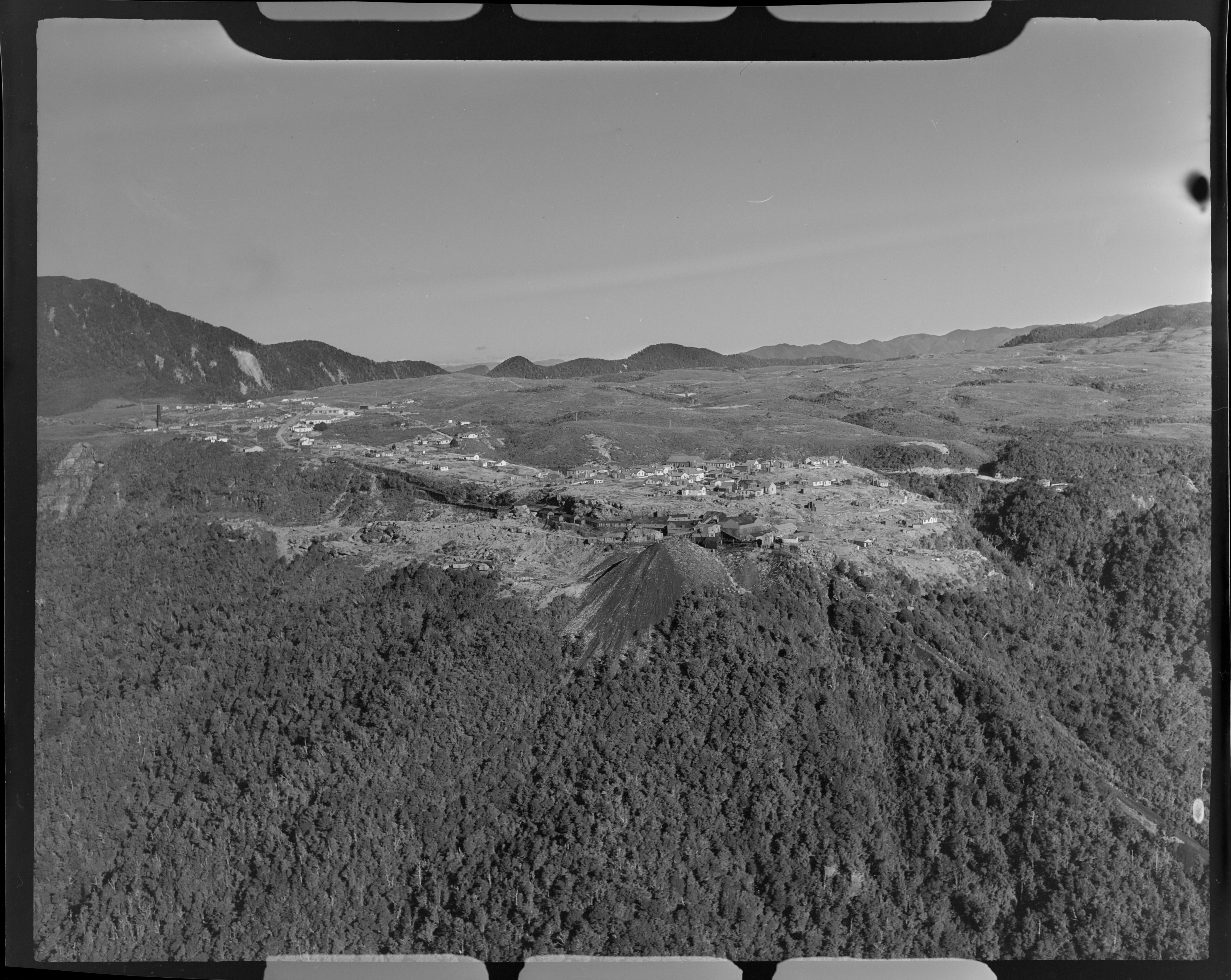
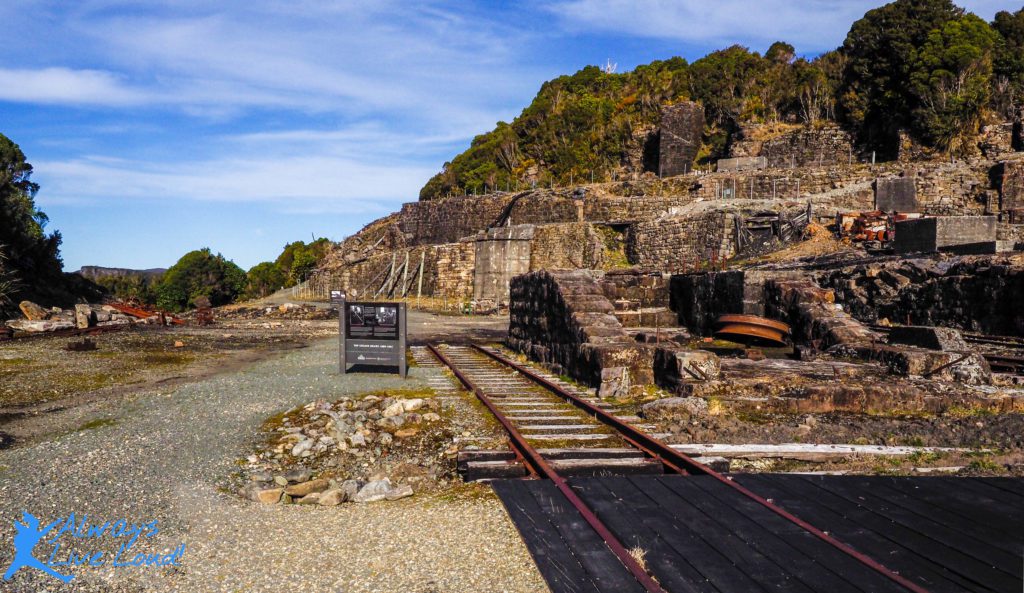
Denniston, the old mining town, is located on the untamed West Coast of New Zealand’s South Island. Karamea is only an hour and a half away.
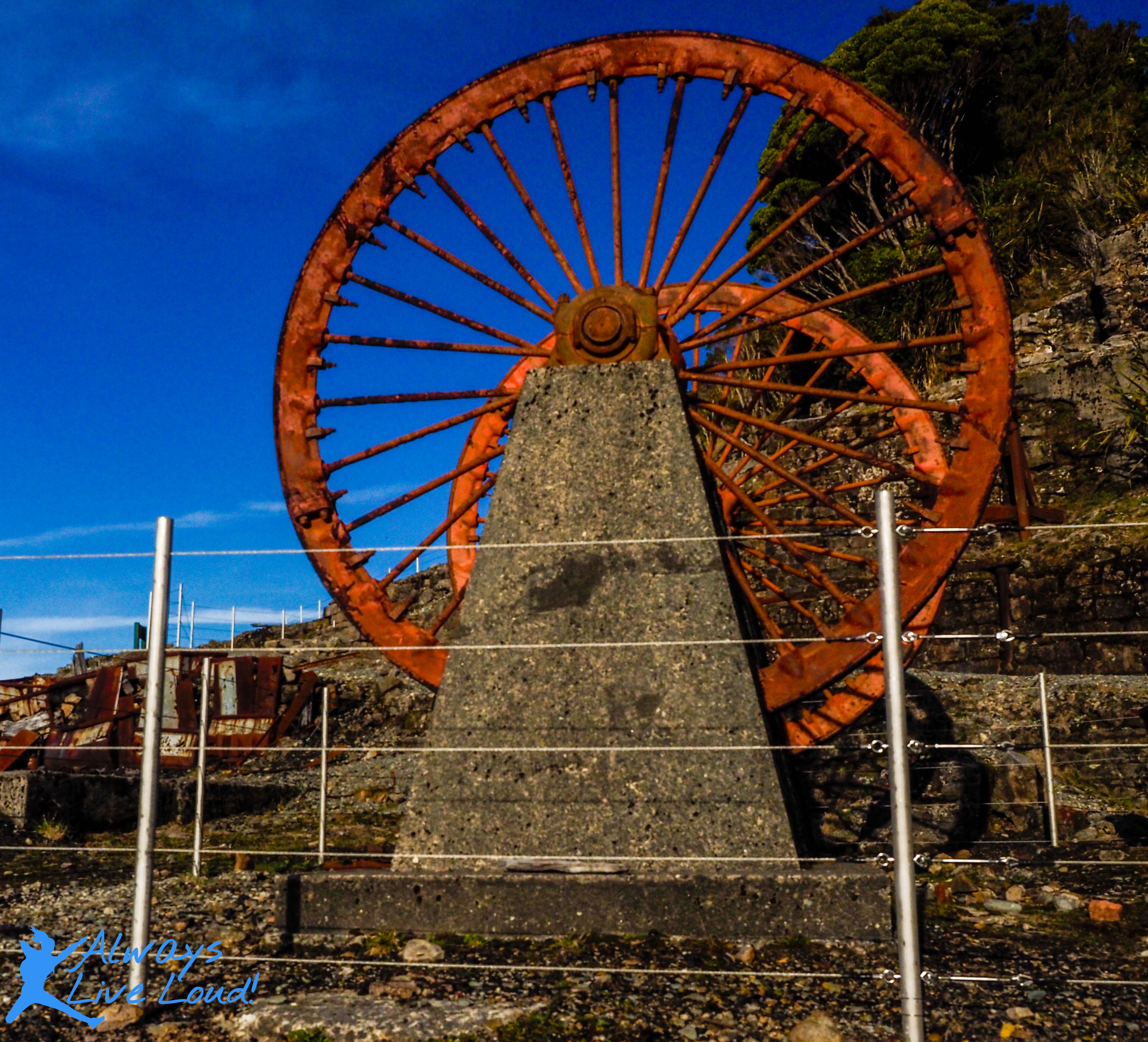
This remote and isolated location is renowned for its rich mining heritage, which dates back to the 19th century.
The town’s rugged and breathtaking natural beauty is a testament to the resilience of its pioneering inhabitants, who worked tirelessly to extract coal.
If you’re interested in learning more about the past, you should check out Shantytown. It’s an open-air museum that recreates a whole mining town from the 1900s. It will get a feel for what life was like back then. It’s a great way to have fun while exploring New Zealand’s rich history.
Today, visitors can witness the remnants of the town’s mining history. Enjoy the stunning views of the surrounding landscape, which remains as awe-inspiring as it was during the town’s heyday.
Denniston Experience
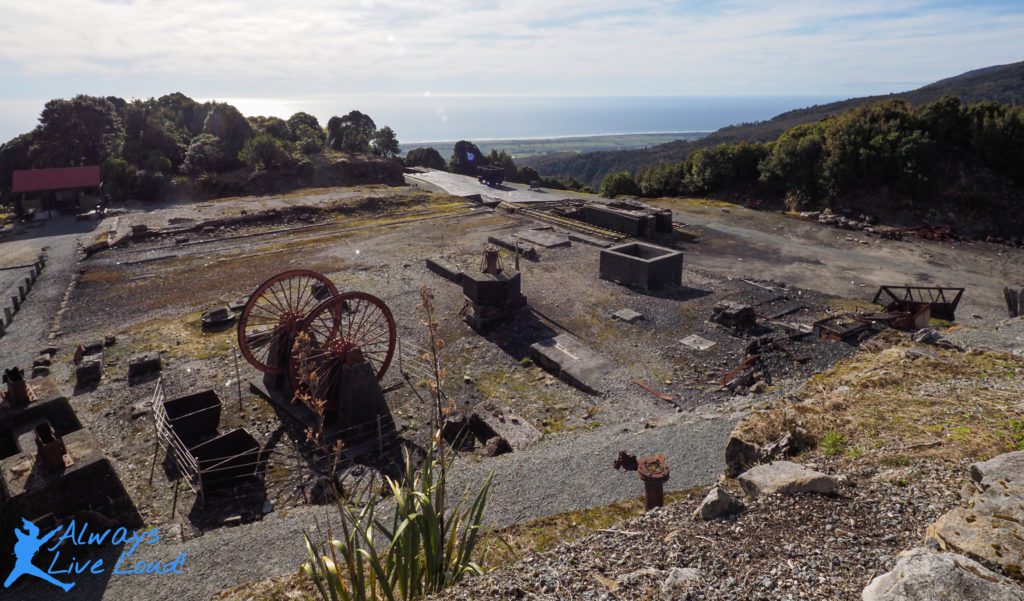
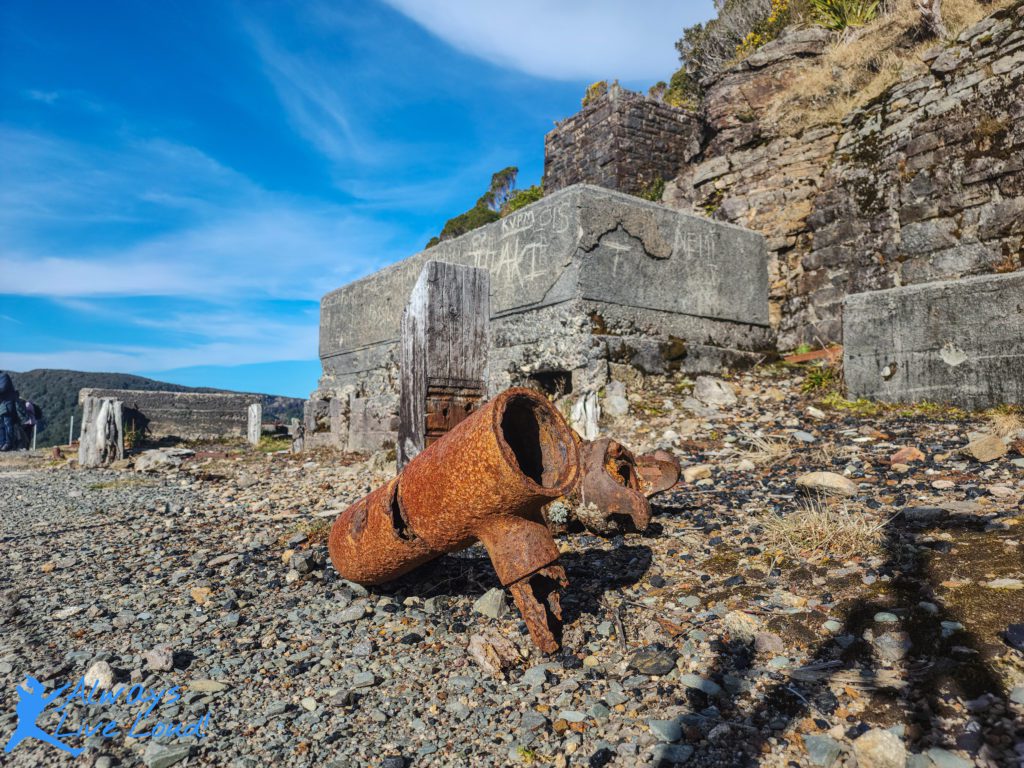
If you’re adventurous, you can hike up to the plateau by following the historic Denniston incline up the Bridle track. The walk is 4.2 km long (around 2.5 miles), one way, and takes you along the same path as the historic track completed way back in 1884.
There are these old steps and abandoned mining equipment everywhere you look at Denniston. You’ll also see many of the industrial foundations and piles left behind from the town that used to be there.
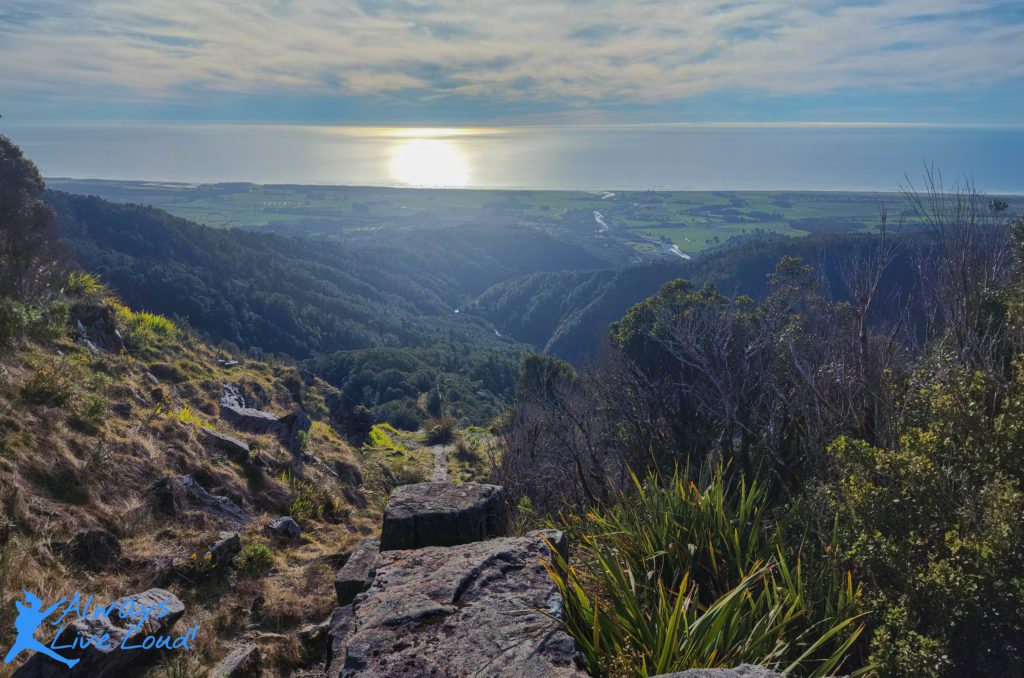
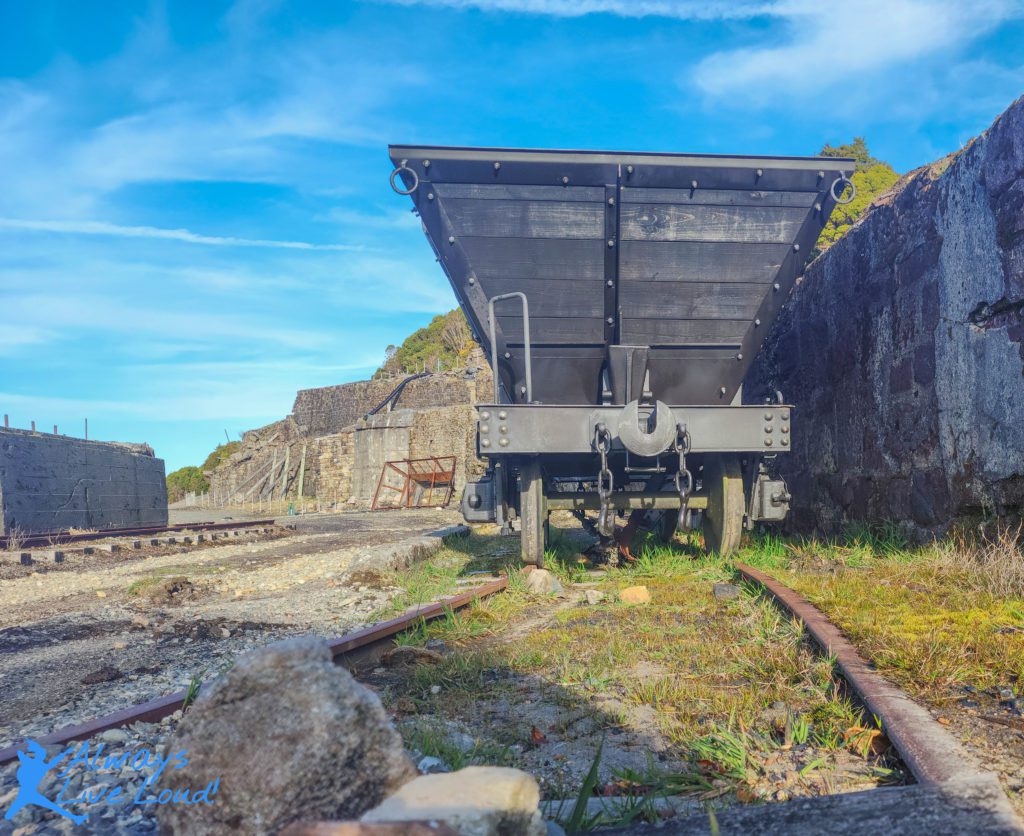
The landscape is pretty cool, with a feeling like you’re in a different time. People used to live here, but now it’s just a memory. They still mine coal in the area, including at Cascade Mine and the most extensive opencast mining operation in Stockton.
Just be ready for the weather to change fast because it’s sub-alpine up here. Luckily, when we visited, it was warm and sunny.
Who owned Denniston mine?
When did it start
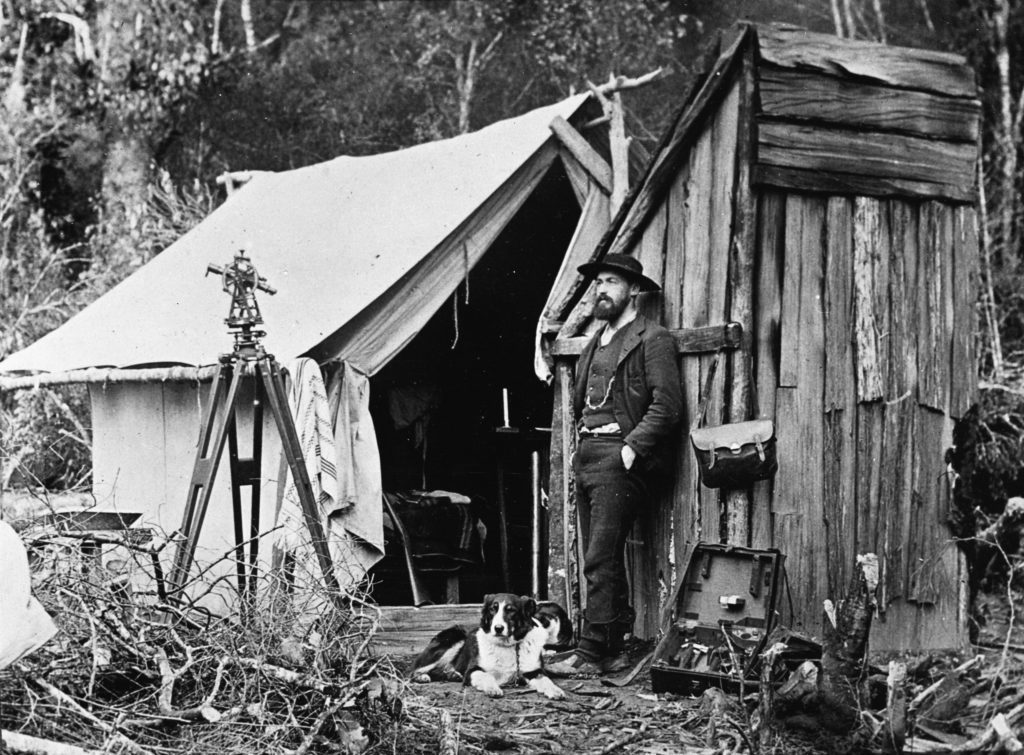
John Rochfort discovered coal on the West Coast of the Middle Island of New Zealand in the late 1850s. 1861, Julius Haast and James Burnett found a rich bituminous coal seam on the Rochfort Plateau.
They confirmed the existence of 72,600,000 tonnes of coal in 1862. Burnett suggested using a self-acting incline to transport coal from the Plateau. It took a while, but they finally implemented his idea 18 years later.
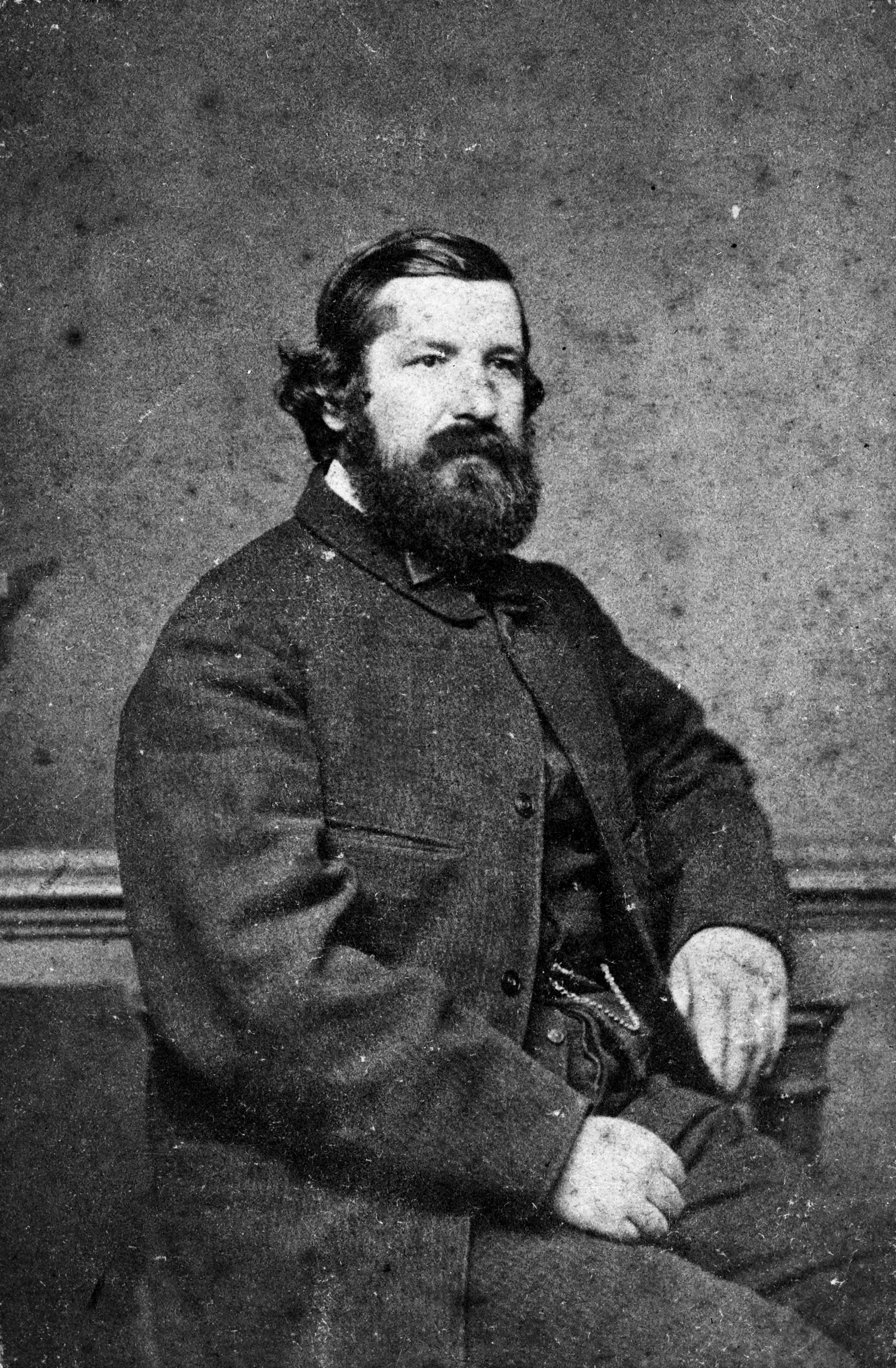
Robert Blair Denniston and William Cooper had this great idea for producing coal. They got inspired by the railway from Westport to Waimangaroa and its ship-loading facilities; they took the idea to some financiers in Dunedin. They created the Westport Colliery Company with a capital of £1,000,000.
The company acquired two struggling firms, combined many small leases, and secured the Coalbrookdale leases of 1000 hectares for 91 years. They began setting up a mine by extending the railway, building an incline, and advertising for miners in Dunedin and Britain.
When did the Denniston mine open?
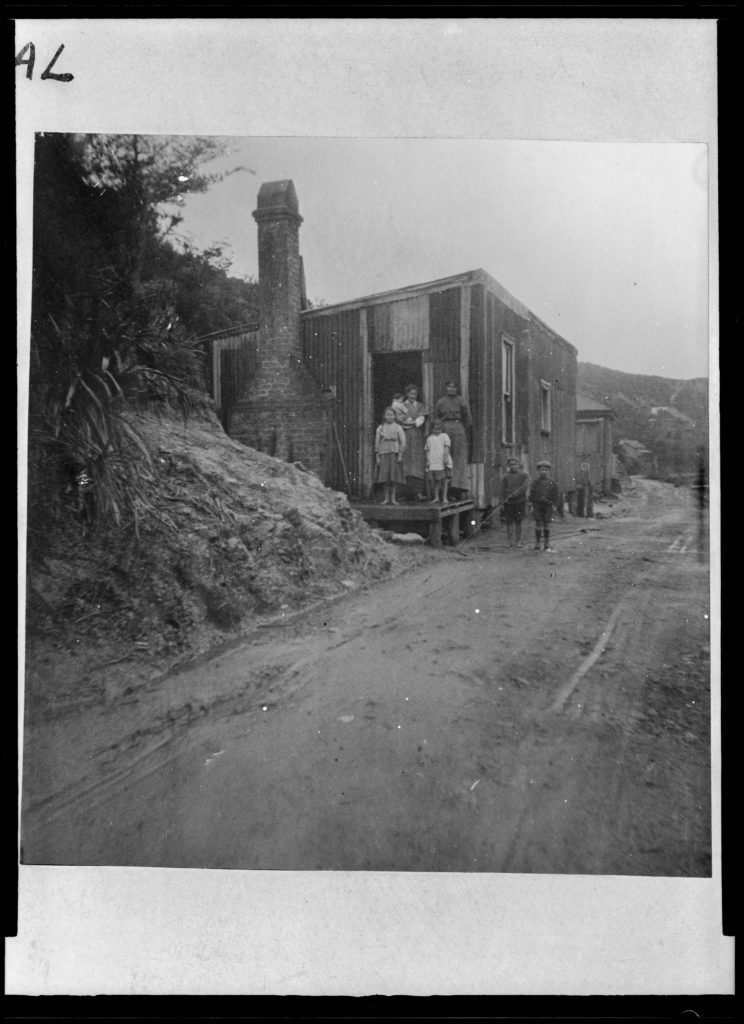
R.B. Denniston managed the first big mine in the area back in the 1870s. By the early 1900s, about 1,400 folks lived in the townships and worked super hard in the huge coal mines.
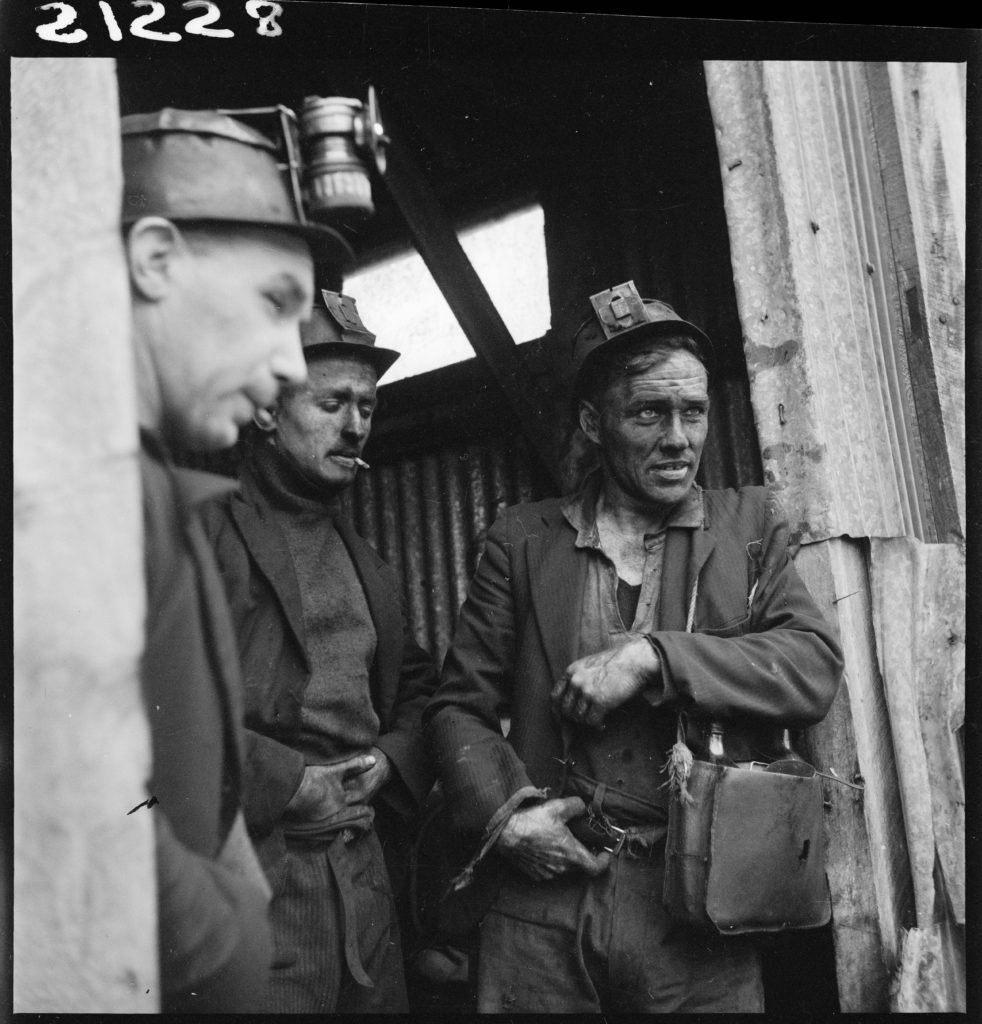
These miners spent their days deep in the earth, extracting coal that powered the country’s industries.
It wasn’t easy living on the edge like they did and exposed to the elements on a barren and windswept plateau, but they built a tight-knit community despite the isolation and tough conditions.
How steep was the Denniston incline?
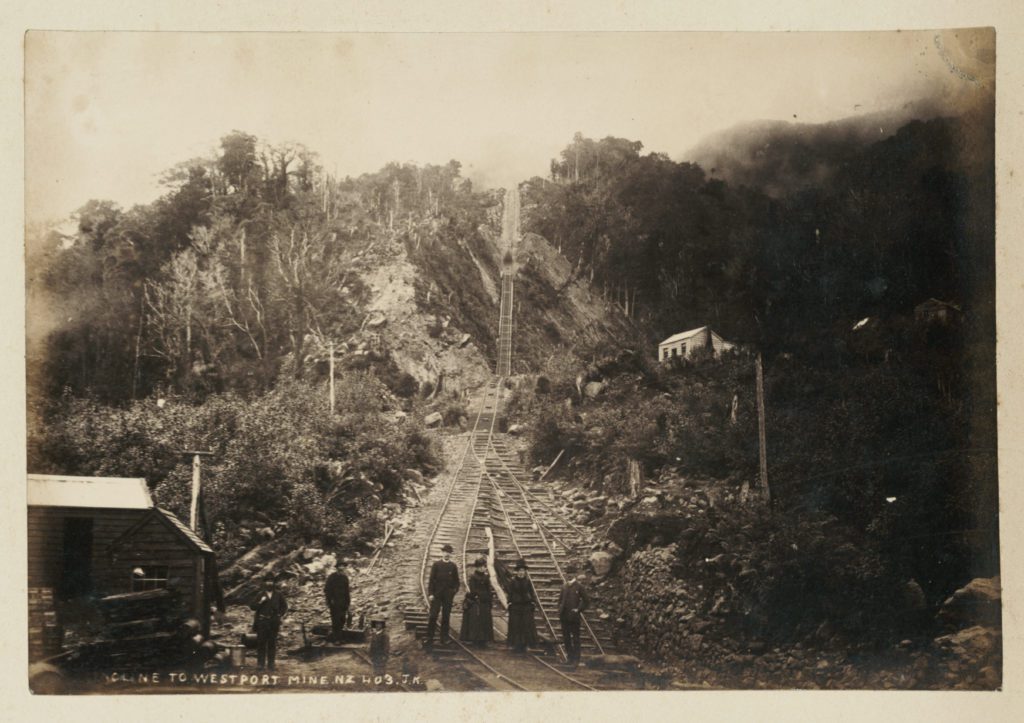
It was a huge engineering feat! They built it at a really steep angle of 1 in 1.25 (80%) over a distance of 1670 meters, and it went down a total of 548 meters.
To make sure nobody got hurt, they put in two water-powered brakes – the Upper Brake and the Middle Brake – to control the speed of the wagons as they went down. The full ones pulled up the empty ones all the way to the railhead at Conns Creek. Pretty impressive, right?
How high is Denniston mine?
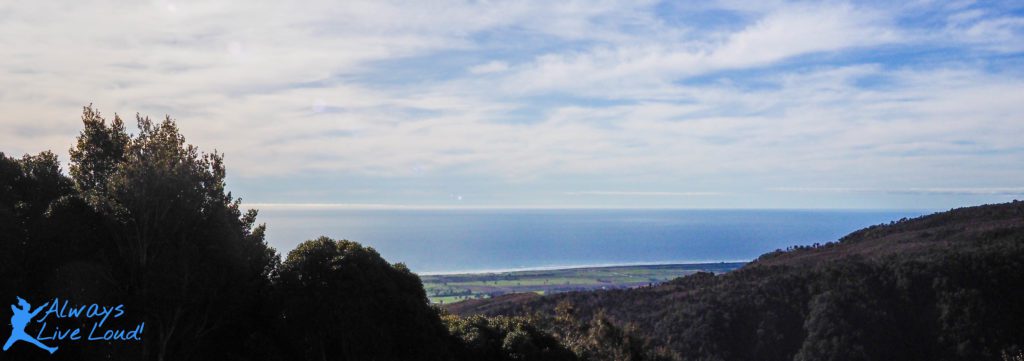
It’s an 18 km long coalfield plateau that’s located in the Papahaua Range on the West Coast of the South Island. And get this, it rises 600-800 m high!
Why did Denniston mine close?
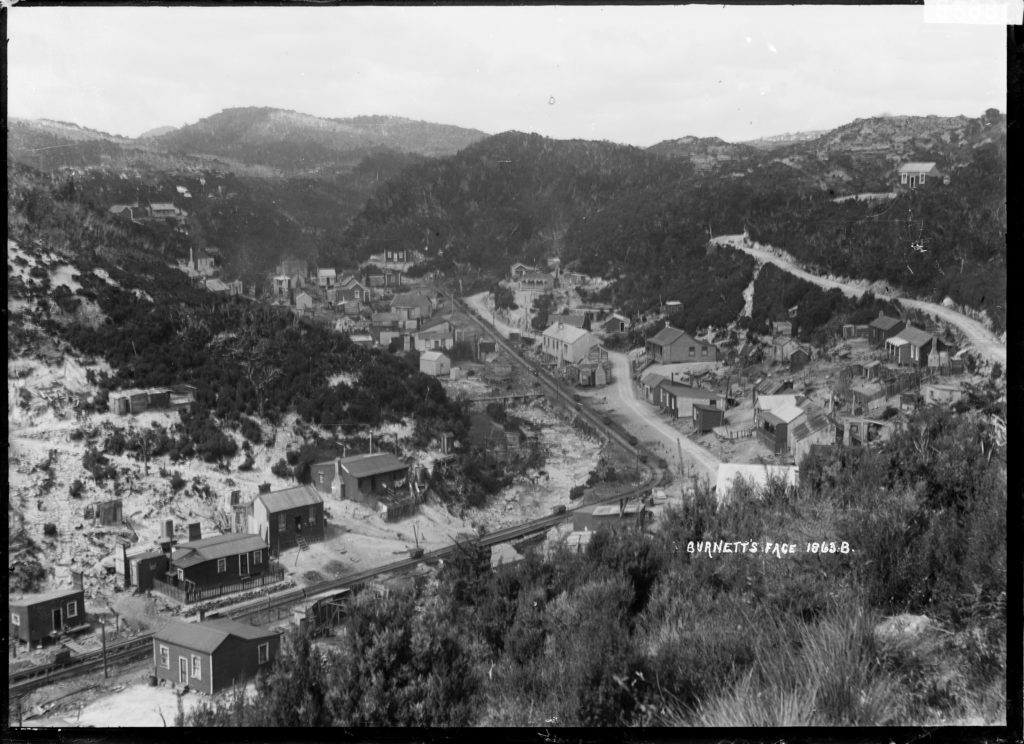
As demand for coal started to dip, the folks over at Denniston had to cut back on their operations slowly.
By ’67, they had to shut down the railway, and eventually, in ’95, Coalcorp (now Solid Energy) had to stop mining altogether.
Is it worth visiting Denniston, the old mining town?
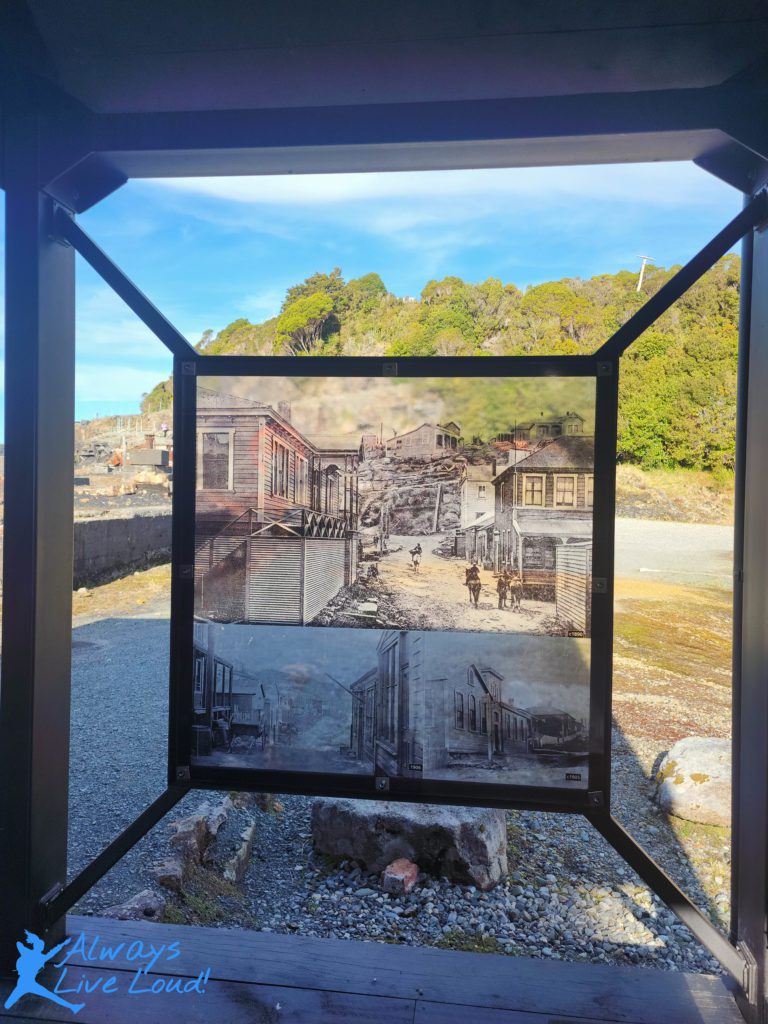
Denniston, the mining town, left a profound impression on me. The town’s rich history, the museum’s abundance of information, and the tranquil and breathtaking scenery make Denniston an unforgettable destination.
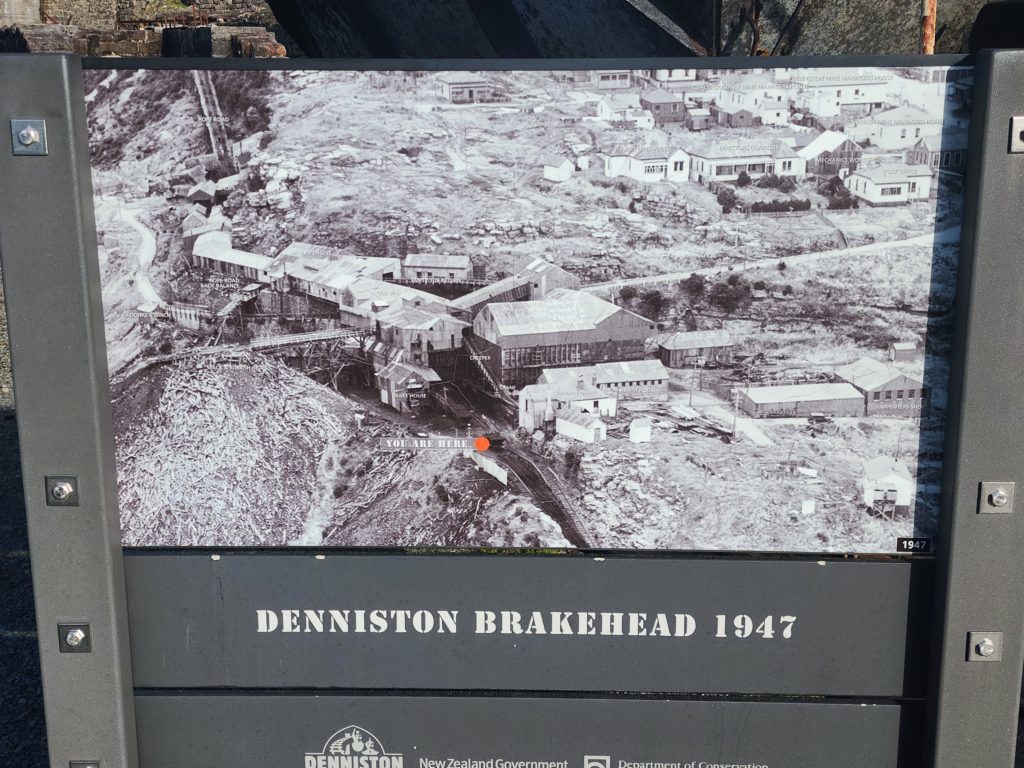
The West Coast has a long and deep history with the gold rush. See the Gold mine near Reefton.
I highly recommend visiting Denniston, especially if you are interested in history and nature.
